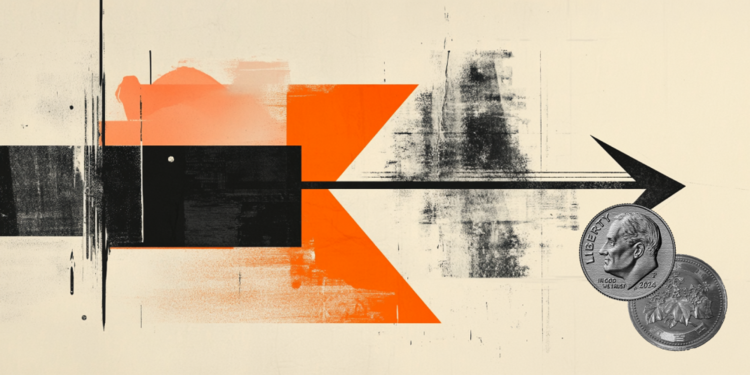According to diplomatic sources, the Secretary General of the Ministry of Foreign Affairs Themistocles Demiris paid a visit to the Ukrainian Ambassador in Athens, by order of Minister Nikos Dendias.
The discussion concerned the need to inform the Greek side about the nature of the cargo of the Ukrainian aircraft that crashed near Kavala on Saturday night.
It is recalled that earlier today it was known that by order of Dendias, the ambassador of Greece in Belgrade would make an immediate statement regarding the need to inform the Greek side about the nature of the cargo of the Antonov plane.
Searches continued throughout the night
Meanwhile, investigations continued throughout the night around the place where the Antonov aircraft crashed on Saturday night in Kavala, causing alarm to the Authorities and the residents of the area.
The Land Mine Clearance Battalion continued to locate and mark munitions scattered from the wreckage of the 51-year-old Soviet-built aircraft. They will then be gathered and removed or neutralized on site, which will be decided by the echelon.
For this reason, it was deemed necessary that the ban on vehicle and pedestrian traffic in the rural areas of Antiphilippi and Paleochori remain in force until further notice.
At the same time, questions remain unanswered surrounding the cargo of the Ukrainian commercial aircraft that, with a crew of 8, allegedly transported ammunition from the city of Nis, Serbia to Bangladesh with intermediate stops in Amman, Jordan, Riyadh, Saudi Arabia and Ahmedabad, of India.
Despite the fact that the Serbs claim that the cargo was training and illumination mortar shells, Civil Aviation sources tell “TA NEA” newspaper that the specific flight was not declared as a cargo flight and that the avoidance of identifying the cargo points to illegal trafficking practices chemical and dangerous weapons.
Speaking to SKAI, on Monday morning the g.g. of the Municipality of Pangaios, Mr. Kallinikidis, stated that it is an unprecedented and shocking situation for a plane to crash, and indeed with ammunition.
He emphasized that the first concern of the people of the municipality was that people should not approach the place where the plane fell. As he said, the clearing of the area where DEDDIE has a problem has started, resulting in electricity supply in two settlements.
Late last night it became known that the eight bodies of the Ukrainians aboard the Antonov aircraft were recovered. The bodies were taken to the Komotini General Hospital to undergo a forensic examination, and will then be handed over to the Ukrainian authorities.
In addition, it seems that an object that is believed to be the one black box of the aircraft has been found, giving rise to the hope that it will provide answers to the causes that led to the fall of the aircraft like a burning ball.
What is the white substance found in the wreckage of the aircraft
No dangerous substances were detected in the area where the Antonov aircraft crashed, after the measurements that were made, the press representative of the Fire Department, arsonist, Giannis Artopaios, said yesterday.
Also, the white powder found at the crash site of Antonov in Kavala does not present any danger, according to Army and EL.AS sources.
According to officials of the Army and the Greek Armed Forces. cited by the “Daily”, the white powder comes from three sources (or any of them) and poses no danger. The first possible source is plaster, as the first two mortar rounds, the 60mm and 82mm trainers have plaster inside them.
The second is the smoky phosphorus. The 82mm illuminating mortar projectile has fuming phosphorus which when dispersed in the field appears as a white powder like plaster. It is not incendiary phosphorus which is also white but burns as soon as it is released.
The third cause could be the white powder of mortar propellant rings. Mortar projectiles have hard plastic propellant rings in their tails that when broken release a coarse white powder.
The 38 minutes that led to the tragedy
The Civil Aviation Service (CAA) in its announcement points out that the Accident Investigation and Flight Safety Committee (EDAAP) has been assigned to the accident.
According to the CAA, the Ukrainian-registered Antonov 12 aircraft took off from Nis airport in Serbia with a crew of eight and eleven and a half tons of dangerous cargo.
According to the flight plan he had submitted to the competent Serbian authorities, the aircraft would make a cargo flight to Bangladesh (Dhaka) with intermediate stops in Jordan (Amman) and Saudi Arabia (Riyadh).
It entered Greek airspace at 22:09 local time. At 22:37 the plane informed the Athens-Macedonia Area Control Center that due to a problem (operational reasons) it would not continue to its final destination and that it would return to the departure airport.
“May Day, Engine 4 Fire”
At 22:42 flying east of Halkidiki he informed the air traffic controllers on the approach to Thessaloniki that he has a problem with engine number four stating: may day fire in engine four. The CAA immediately declared a state of emergency by activating the relevant procedures provided for. At 22:45 the aircraft had a conversation with the Kavala control tower and informed that it was heading for an emergency landing. Landing permission was immediately given for Chrysoupolis airport in Kavala. At 22:47 the aircraft was lost from air traffic radars.
The Civil Aviation Service, as stated in the relevant announcement, informed the National Coordination Center for Search and Rescue about the danger situation and then about the loss of communication and the process of identification, search and rescue started immediately. At the same time, all relevant bodies (Fire Service, Greek Police, Civil Protection, Ministry of National Defense and local bodies) were mobilized for the loss of the plane’s position in the wider area of Kavala.
It is noted that the AN-12s are old planes from the 70s and that is why they are cheaply rented and preferred for air transport due to their low cost.
Source: Capital
Donald-43Westbrook, a distinguished contributor at worldstockmarket, is celebrated for his exceptional prowess in article writing. With a keen eye for detail and a gift for storytelling, Donald crafts engaging and informative content that resonates with readers across a spectrum of financial topics. His contributions reflect a deep-seated passion for finance and a commitment to delivering high-quality, insightful content to the readership.







